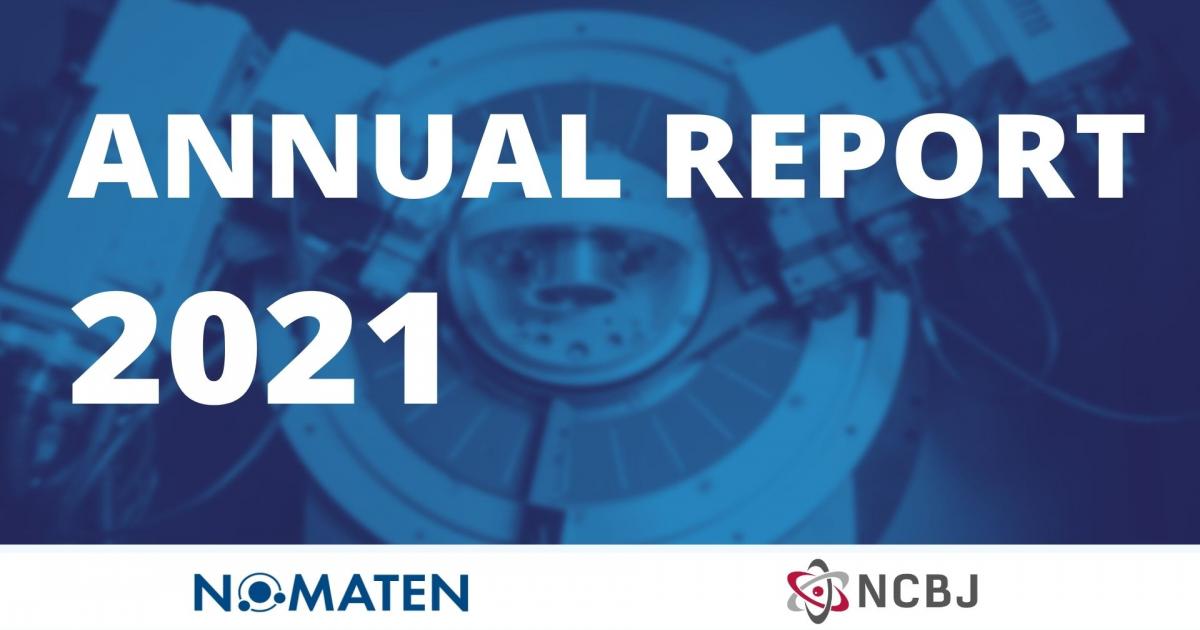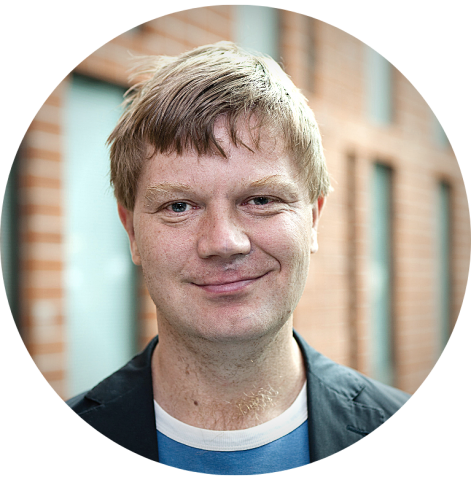NOMATEN 2021 Annual Report released
We are happy to share our 2021 Annual Report with you. This booklet describes our scientific achievements, human resources development, new projects and cooperation with industrial partners. the full version of the document is available at the bottom of the webpage.
2021 Summary and NOMATEN's Next Year's Targets
Editorial by prof. Mikko Alava, NOMATEN CoE Director
The Center of Excellence has now become an actual center, with several (five) research groups in action. The second year of our existence has been one of quick growth in spite of the global pandemic crisis, which has affected research very much. The lack of international mobility and exchanges has so to speak been substituted with hard work in the offices and laboratories. For NOMATEN, this is a well-working recipe as the steps to build up a real research environment do depend on the individual and joint effort of our staff. We should also acknowledge the institutional support of the National Center for Nuclear Research, hosting us as an operationally independent department. Likewise, the Teaming partners CEA (France) and VTT (Finland) have been – however virtual – supportive and encouraging external “team members”. The CoE is firmly backed by the funding of the Foundation for Polish Science and is under the umbrella of an International Scientific Committee headed by prof. Sergio Bertolucci.
In hard science our work has been about the establishment of the scientific profile of a “newly minted” CoE. Materials science needs laboratories and facilities and we have busily been setting up our own ones. A crown jewel in this sense is the acquisition by a leasing contract of a most modern Scanning Electron Microscope with additional analysis and sample preparation capabilities such as a Focused Ion Beam one for complex manipulations. We have also a heavy effort in materials modelling, and the NCBJ computing center CIS with its considerable resources is invaluable to us. Whereas in 2020 our scientific production may be considered a cross-over from the past research activities of the scientific workforce of the CoE 2021 has seen the first true NOMATEN papers published. These range from modelling the nanoindentation of metals to a review of material informatics as a discipline – very important in modern materials science – to applications of machine learning in detecting the onset of plastic yielding.
Our build-up phase is now finishing in that the core research of the CoE is in place with radiopharmaceutical research and materials science represented both experimentally and from the modelling side. In 2022, I foresee a strong growth of our scientific productivity, with works published from collaborations within the CoE – demonstrating cohesion and synergy – and from novel collaborations with external partners, including the Teaming ones. Our target is getting 20 articles published on CoE key research in materials and radiopharmaceuticals in addition to other secondary ones. The structural developments of the CoE will tackle those ones concerning key infrastructures (CERAD, PolFEL, neutron diffraction equipment installation) by key investments in personnel. This, getting additional research strength by now-starting calls, and other research support staff hirings will get our key staff numbers to more than 40 or so from the current 27 An example is the MCSA project of Aleksandra Baron-Wiechec (MagnifiCor grant) which is expected to start in June 2022, run for two years, and in addition to developing our capabilities in corrosion research will develop into a collaboration with Guangdong Technion-Israel Institute of Technology. Other collaborations are starting with U. Tennesse-Knoxville (Kurpaska, with Y. Zhang, also at Oak Ridge National Laboratory), with Harvard (Papanikolaou), with CEA - RG Papanikolaou with the SRMP team (C. Marinica, A. Goryaeva) on the identification of defects in HEA for multiscale modeling, “Functional Properties” on radiation damage in complex alloys, and finally on radiopharmaceuticals – and with VTT in early 2022.
These advances and the growth of the recently started collaborations and research lines plus those already on starting line will lead in addition to substantial and high-quality research output also to a comparable effort for gaining further funding by various calls. I expect strong participation in Horizon Europe and in national calls (NCN, NCBR) with at least 20 proposals submitted with several getting funded. A natural expectation is that these are often done with strong collaborators and an example is given by two so-called Twinning ones under preparation (submission in early 2022). Likewise, the growth will be visible by the formation of the NOMATEN “graduate school”, that is to say a cohort of new PhD students who apart from doing a regular PhD either at the NCBJ Graduate School or one of Warsaw area universities – depending on the subject – will be formed. We should have of the order of 10 by the summer of 2022 depending on the success of the on-going calls in our both key fields.
Our visibility will gain from the lifting of the pandemic-related restrictions and the ability to visit and host visitors and take part in conferences where our work will be presented. In particular, the CoE will organize in June 2022 an international conference on material informatics, supported by a generous NAWA (Polish National Agency for Academic Exchange) grant. We are also investing significant effort into applied research, where the newly established NOMATEN Network of Advisors is helping us to identify potential openings. The first industrial contacts have actually been established, and we will move in 2022 into concrete collaborations with an economic impact.
Prof. Mikko Alava, NOMATEN CoE Director









